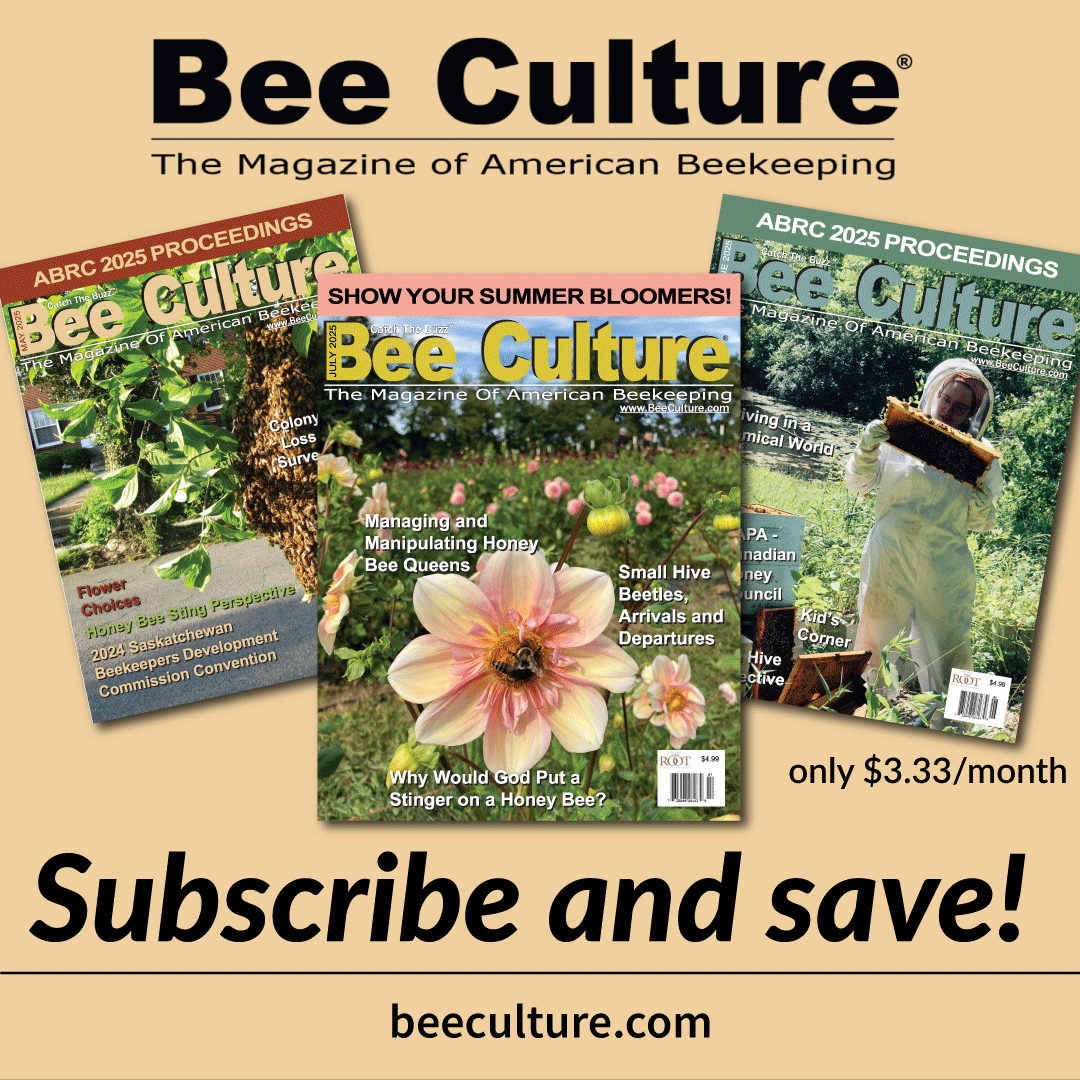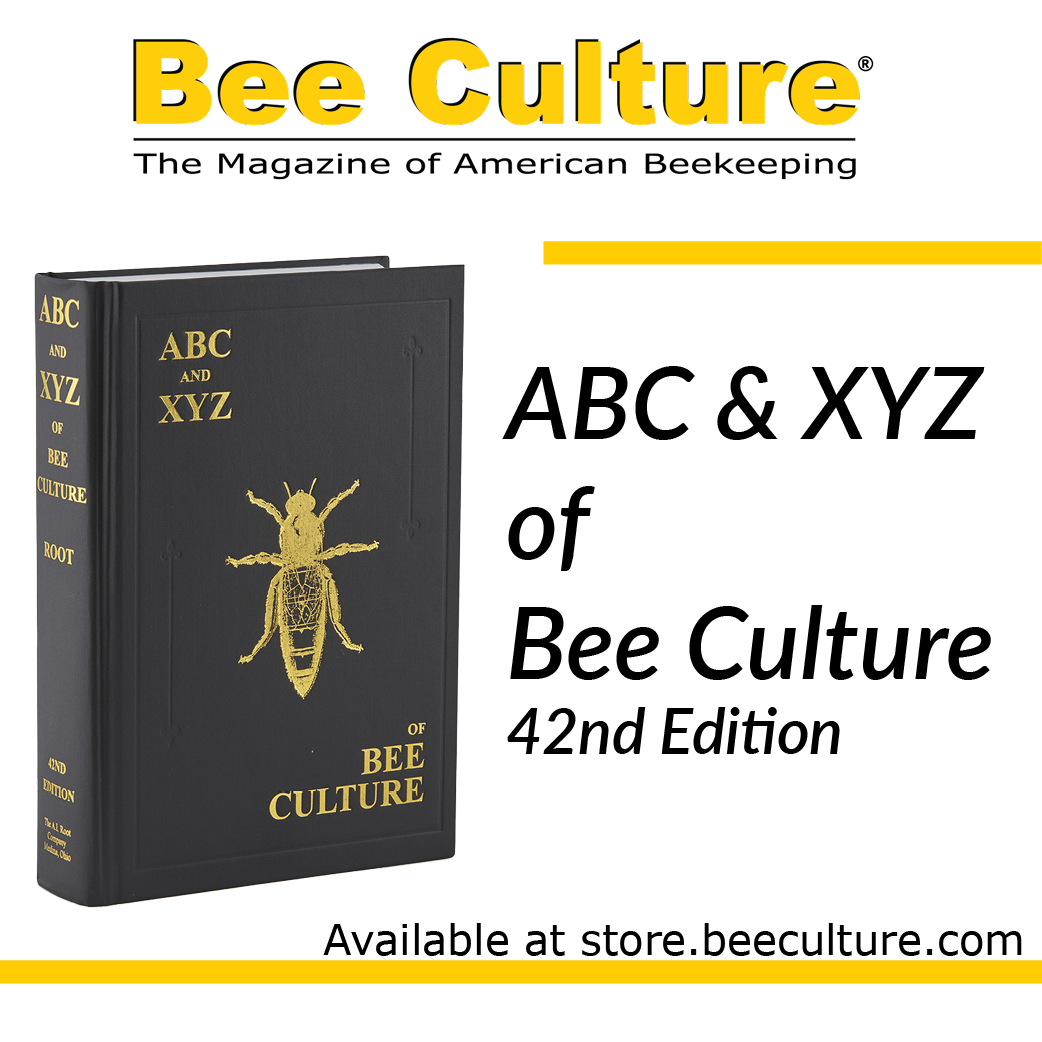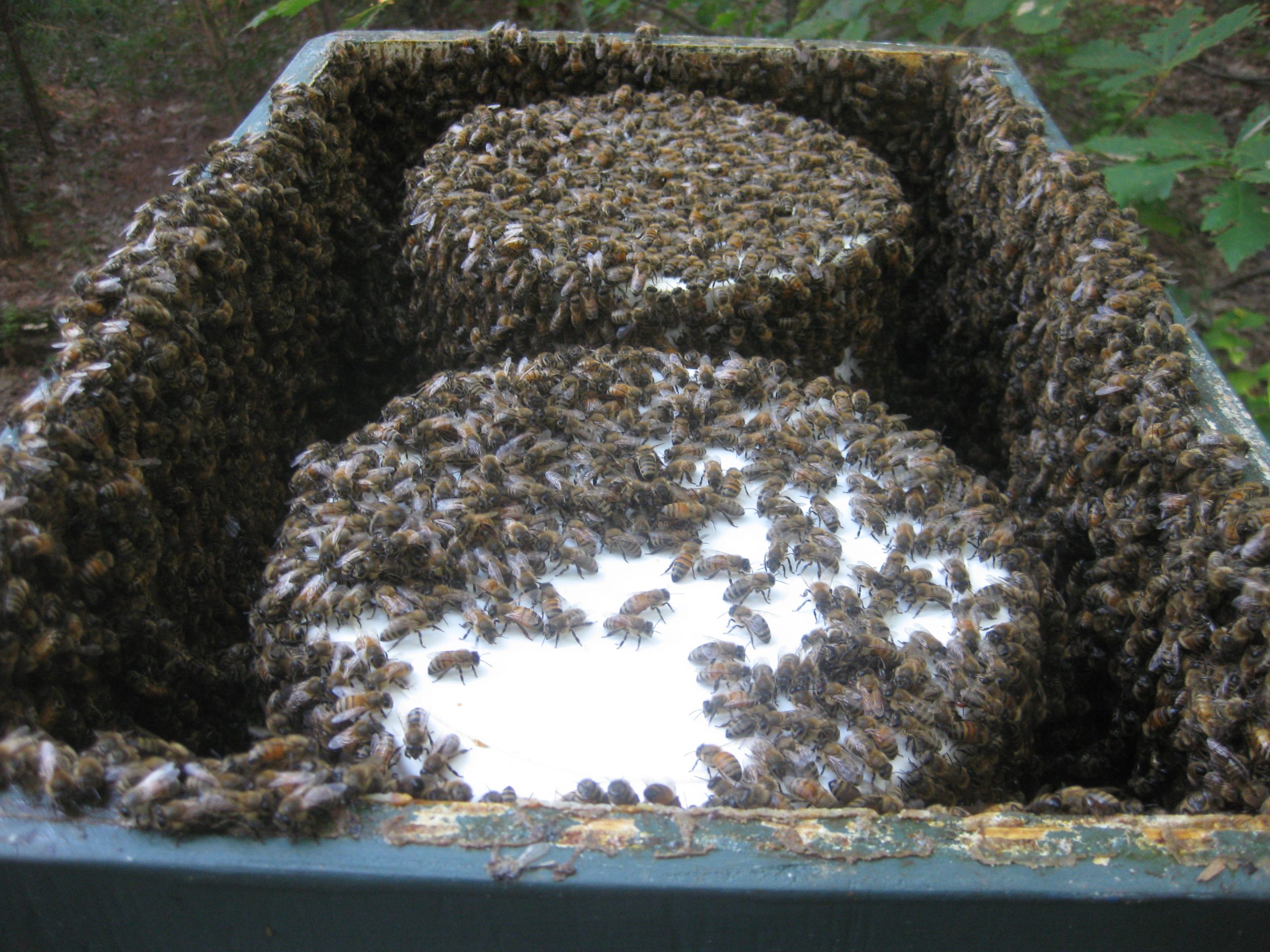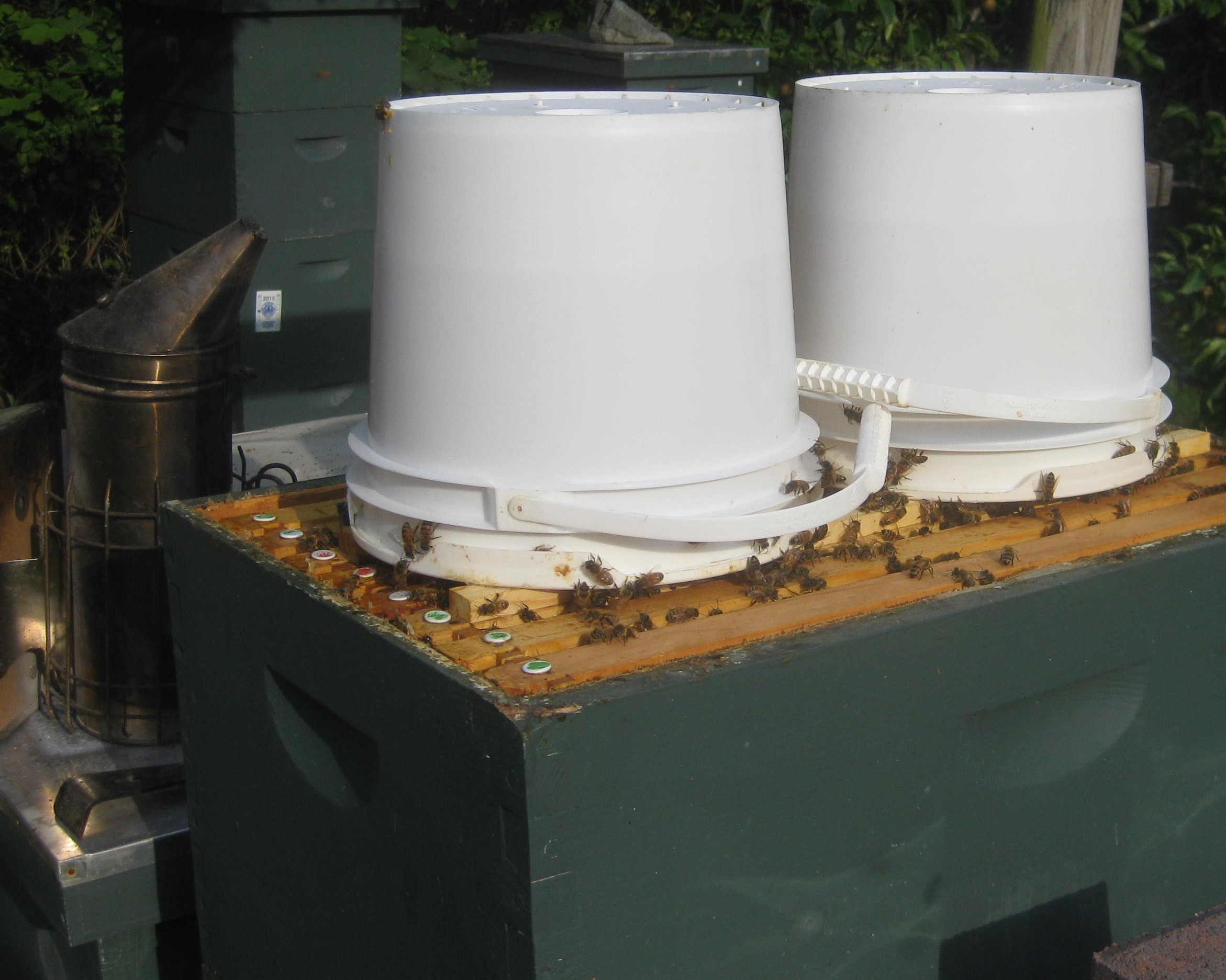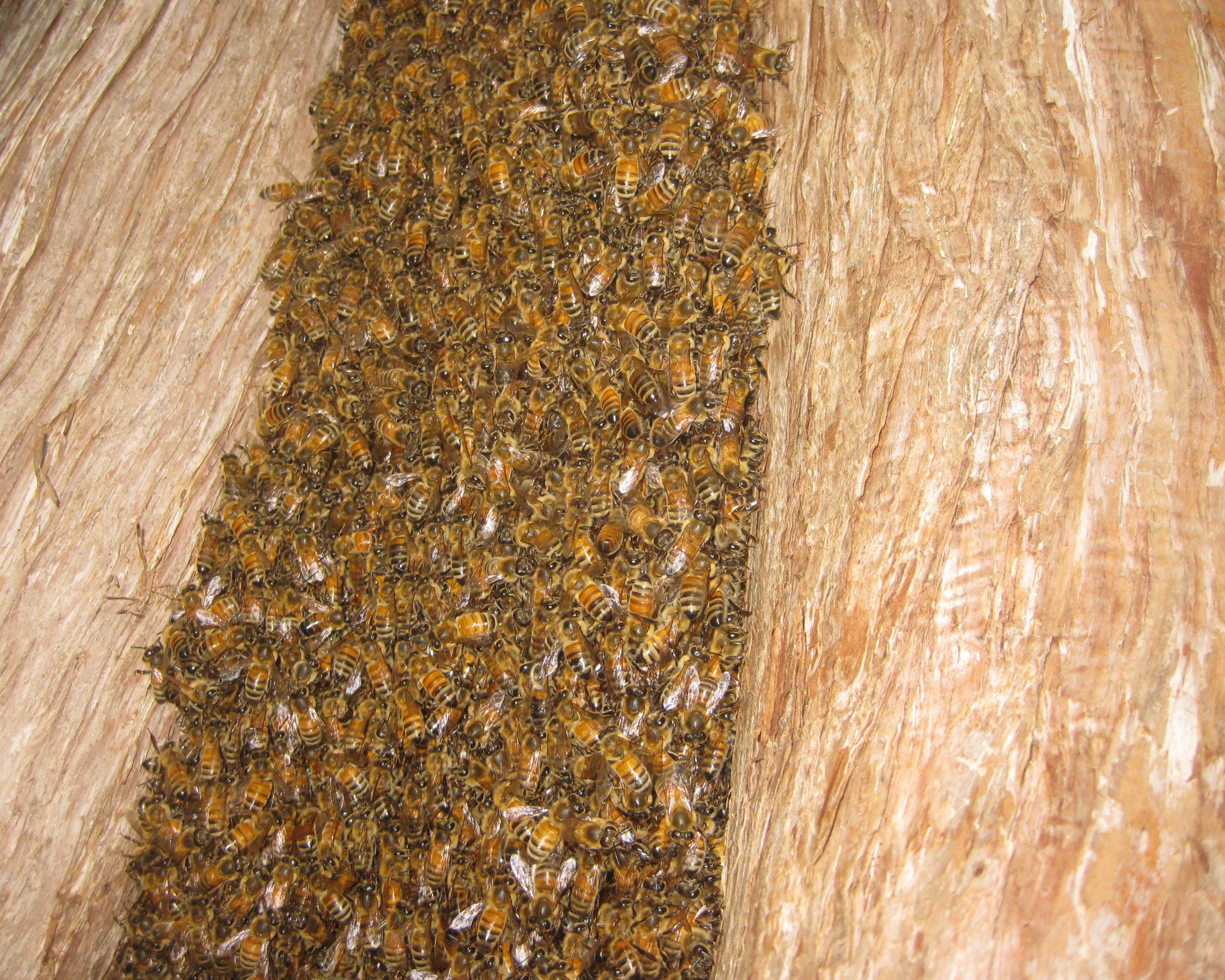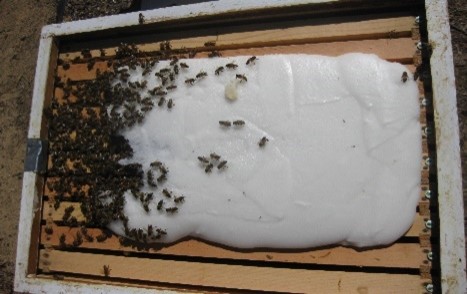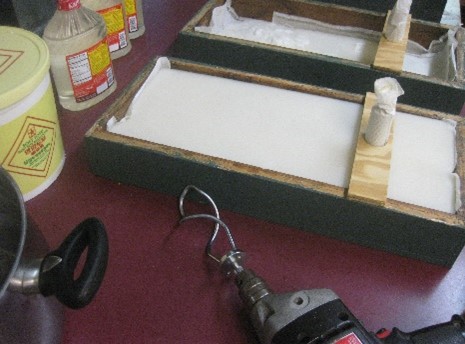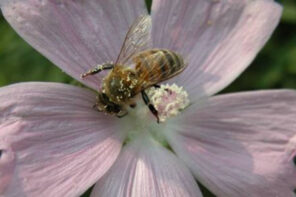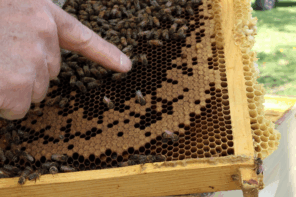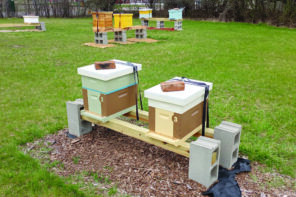Greg Carey
I should start by stating my opinion that all feeding of bees is emergency feeding. I hope to provide support for that statement here. As you will learn I am not one of those who say that feeding your bees is bad and should be avoided at all costs. On the contrary, I am the guy who sits in the meetings and proclaims, “If you got ’em, feed ’em!” In fact, I was raised on a farm, and we never kept anything that we didn’t feed. It was just considered good husbandry. Our chickens (today they could be called free range) were tossed grains from the barrel every day. Everything under our care was fed.
I read somewhere (internet) that the average survival rate of swarms in the wild these days is around 25 percent. What beekeeper, farmer, or parent would consider themselves successful with that kind of batting average? The fact that no one would explains the explosion in human population with the accompanying population of livestock to keep them fed. So, I think we can agree that we wish to have all our honey bee colonies survive 100%.
Typically, we get started after reading a book, taking a class and/or talking to a beekeeping friend. Next, we order a package of bees to arrive in the Spring. When they arrive, it does not much matter how we decide to house our new bees, they will not be natural unless we take them to a hollow tree in the woods and shake them out and walk away. There is not much natural about beekeeping any more than raising chickens. We put them in a box in our apiary with frames of foundation or bars with starter strips, etc. They arrived with a can of syrup, half consumed. That and their stomach contents are what they have to start building comb to raise their brood. This is what I call an emergency situation. I am sure a swarm would have arrived better prepared.
This is where I advise to feed your bees one to one (sugar/water weight) syrup and keep those feeders filled 24/7 until they have all the comb drawn and enough stores to overwinter. I am not one of those quart-jar-with-a-few-holes-in-the-lid feeders. I am a bucket feeder who places two buckets on the frame tops. A good colony can empty these buckets in less than a week if they have comb to move it into. You can use a deep hive body to enclose them. During warm weather, the Miller type hive top feeders work fine, but in the cold the bees would need to break cluster to get to the syrup. The same goes for a frame feeder which I use in my Long Lang. The cluster can nuzzle up against the bucket and warm the syrup as they take it. Those quart jar things are okay for water, but I would never actually use one to feed. We have an emergency here!
I am sure you didn’t, but let’s assume you failed in the above task. Fall is upon us, and your bees do not have enough stores for Winter. We are still in an emergency. How bad is it? I am hoping that you did not fail so badly that your bees do not have enough comb drawn. They draw comb better when there are heat and thin syrup (nectar) for wax production. We will come back to this worst case in a bit. For now, we will assume they have enough comb but are short on stores. Now is the time to switch to thick syrup two to one sugar/water for feeding. This thick syrup can be readily taken into the cells for storage and processed for capping a lot easier than thin syrup. It can be bucket fed the same as the thin syrup. It does not greatly stimulate brood production, which brings me to a word of caution. The bees will not distinguish a bucket of thin syrup from a good nectar flow. If you feed thin syrup late, watch for congestion and the inevitable swarm after July. We all know what they are worth. In my area most recommend that you have a frame of stores for each frame of bees around the middle of October. Your area will most likely be different. You should talk to other local beeks for advice on this.
Okay, let’s talk about that worst case. Your bees are hopelessly unprepared for Winter. The stores pantry is not properly drawn out and stocked, and the weather is getting cold. Now is the time to breakout the recipes for candy feeding.
There are two types of fondant that I have used to success. The first is the cooked candy fondant. It carries more moisture than the second and takes longer to make. Some have trouble with it. My main caution to the beginner is to never turn your back on boiling sugar. It is highly flammable. If it boils over onto a hot burner there will be black smoke in your kitchen. That said, I have made it many times, and my bees consumed it readily. You will need a large pot. I just placed the candy directly on the frame tops or in a candy board and have never covered it as called for below.
Here is that recipe:
From The Hive and The Honey Bee, page 637, which credits Clarence Collison for it.
Fondant Recipe
15 pounds sugar
3 pounds glucose or white syrup (Karo) (Note: 16 fl oz is more than a lb.)
4 cups water
½ teaspoon cream of tartar
Dissolve the sugar (ingredients) in the water by stirring and boiling the mixture until the temperature of the syrup rises to 242°F. Let syrup cool to 180°F, and then beat until thick. Pour the candy into molds lined with wax paper. Place a cake of sugar on two small, ½-inch square strips of wood in an empty super above the cluster of bees. Cover the candy and the space around it with cloth or newspaper to keep it warm. Remove any remaining candy and feed syrup when the weather gets warm.
Now our purest friends tell us that this type of cooked food is not the healthiest thing your bees can eat. This may be true. Some evidence suggests that caramelized sugars contain HMF (Hydroxymethylfurfural) which could shorten your honey bee’s life. I recommend you make an informed decision. You can start by looking here: https://pubmed.ncbi.nlm.nih.gov/24127696/. The page has many links for study, and the abstract reads:
“Hydroxymethylfurfural (HMF), a common product of hexose degradation occurring during the Maillard reaction and caramelization, has been found toxic for rats and mice. It could cause a potential health risk for humans due to its presence in many foods, sometimes exceeding one g/kg (in certain dried fruits and caramel products), although the latter still is controversial. HMF can also be consumed by honey bees through bad production batches of sugar syrups that are offered as Winter feeding. In Belgium, abnormal losses of honey bee colonies were observed in colonies that were fed with syrup of inverted beet sugar containing high concentrations of HMF (up to 475 mg/kg). These losses suggest that HMF could be implicated in bee mortality, a topic that so far has received only little attention. This paper reviews the current knowledge of the presence of HMF in honey bee environment and possible consequences on bee mortality. Some lines of inquiry for further toxicological analysis are likewise proposed.”
No one will argue that cooked sugar is better than their own honey, but, as I said, I have used this recipe many seasons with success. I use cane sugar and watch the recipe temperatures like a hawk. I will say that sugar is better than starvation. The earlier folks boiled shoes and animal hides for a meal, and we are still here today. I am not trying to develop a genetically superior stock. I am just hoping to get through an emergency. None of my colonies have ever outlived the queen more than two months. The life span of all colonies pretty much matches that of the queen. Replace the queen and in two months you have a completely new set of genes in the colony, a new creature.
The second recipe that I used this year is called fluffy fondant. It is a no cook recipe which does not have much moisture but absorbs moisture from the cluster kinda like a moisture board would do only the bees can eat it. Notice, this is another reason for using candy boards. I use my ⅜th drill motor with a kneading attachment from the kitchen blender to mix it. It is much simpler to make than the cooked recipe. I use a large bowl and then spoon it onto a lined cookie pan or candy board. Once you make a batch you will understand why it’s call fluffy fondant. Here is that recipe:
Fluffy Fondant:
White granulated sugar (table sugar), 10-lbs
Cold tap water, 1-cup
Pail or large bowl in which you mix the sugar and water
Stir until mixed. No cooking!
No hot water.
Both recipes, once made, can be put into a cookie pan or into your candy boards with a sheet of wax paper or other thin paper to keep it from flowing out before it hardens. Once hardened it can be stored indefinitely or the paper scratched and placed on top of the frames where needed. An obvious advantage of solid candy over pouring granulated sugar on the frame tops or inner cover is that it can be easily removed, with very little waste, to be used later in solid form or watered down into syrup. If you don’t have a candy board, you can use the cookie sheet idea and an Imirie shim as you see here. If you don’t have an Imirie shim you can use an empty super to give room for the candy.
You have gotten them this far, don’t let them down in the stretch. BTW, I usually start some pollen patties and thin syrup in early March to stimulate brood before that main nectar flow begins around my yard. Not everyone does this. That’s why I used the pronouns “I” and “my.” If you got ’em, feed ’em!




